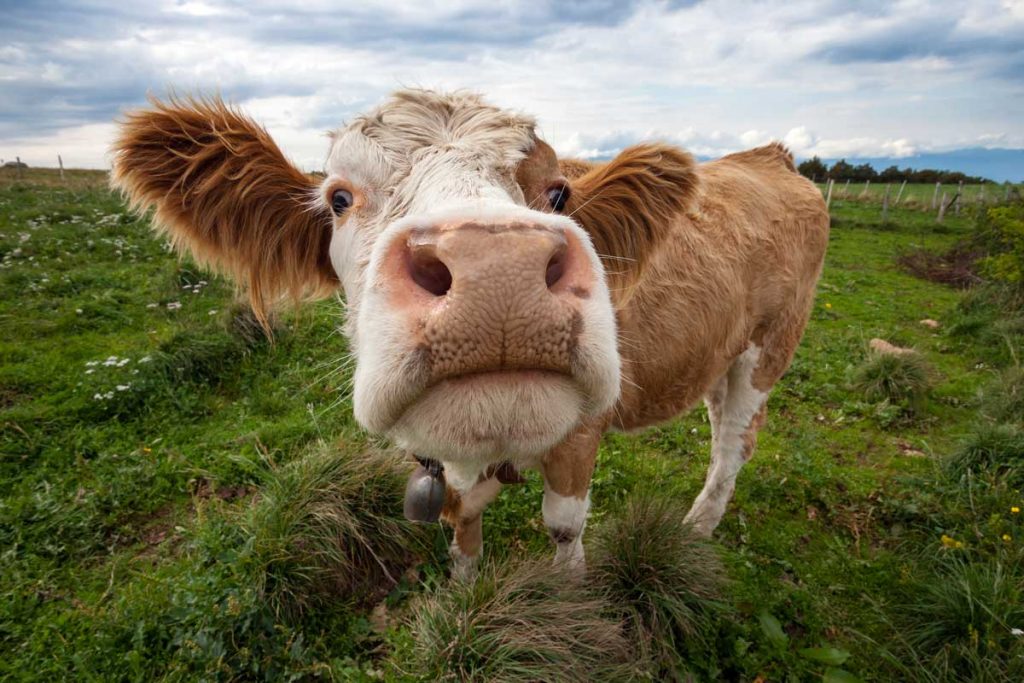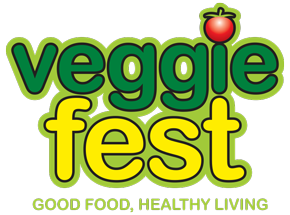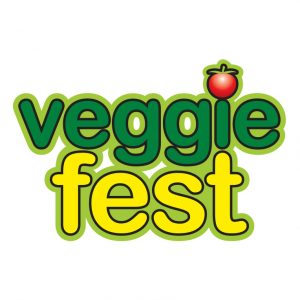Because its positive impact is being recognized by more and more people, veganism is spreading throughout the world: It’s healthy for the body, easily sustainable for the environment, and protects the lives of animals. In terms of health, a whole food, vegan, plant-based diet can significantly reduce the risk of nearly all major chronic illnesses. Additionally, new research has concluded that a vegan diet produces a 42-84 percent lower burden on the environment than the diet recommended by the U.S. government. Lastly, adopting a vegan diet can save more than 30,000,000 cows, 100,000,000 pigs, 500,000 calves, one trillion fish, and many more animals from being slaughtered in just one year.

Although veganism has increased in popularity over the past few years, there has also been skepticism claiming that a vegan diet is more costly than a meat-based one. Unfortunately, due to an increased demand from vegan consumers, some companies began making and selling dairy-free products at a higher cost than those containing dairy. Because these companies were so successful, many more began doing the same. In no time, these inflated prices became the norm. Thus, giving the impression that the vegan diet was more pricey than other diets.
Although, transitioning to a vegan diet can be more costly—at least initially—it doesn’t have to be. When I first turned vegan, I spent a lot of money because I purchased brand items. However, as I became more familiar with what products were vegan, I began cooking more meals from scratch and learned which brands would be long-lasting and nutritious. Through my own transition period, I realized that living on a vegan diet can be less expensive than a meat-based one. Here are some ways I was able to bust the myth.
How a Vegan Diet can be Inexpensive
The main components of a vegan diet are grains, legumes, beans, and seeds, which are very affordable. Whole plant foods contain all the essential nutrients your body needs and are also the cheapest foods out there. Transitioning to a vegan diet can include trying many of the superfoods in the market, which can be more expensive, but these pricier foods are not necessary to incorporate in every meal. Creating a balanced, nutritious vegan meal is both affordable and fun.
Some quick tips when grocery shopping include buying items in bulk—such as flour, grains, nuts/seeds, etc.—because these foods will not spoil quickly. It is also helpful to buy generic brand items rather than name-brand items, as they will satiate your hunger just as easily, but at a cheaper price! Taking some time to explore different grocery stores in your area and comparing prices can be really useful for future grocery trips. Noting down where each item is located and bringing those notes with you each time you go shopping will not only help you save on costs, but also on time.
Time and cost can also be saved by making a grocery list beforehand within your specific budget so that no foods are purchased unnecessarily. Stocking up on whole foods is another way to cut back on costs since a small portion of whole foods can keep you full longer than other sugary or carbohydrate-rich foods taken in larger portions. Buy frozen fruits and vegetables, as they can be cheaper and contain the same, if not higher, nutritional value as fresh fruits and vegetables.
Eat whole grain cereal for breakfast; hummus served with lettuce in whole wheat pita bread for lunch; a vegetable stir-fry with beans, greens, and brown rice for dinner; and a fruit smoothie for a snack or dessert at a grand total of $2.25 for a full day of plant-based meals. Another example of a meal-plan would be to serve for breakfast a tofu scramble and whole-grain flour tortilla; bean tacos for lunch; soup with beans and collards for dinner; and an apple crisp as a snack or for dessert which altogether costs $4.00 total. There are many other meal plans such as these that only cost $4.00 or less a day, saving money in the long run.

Long-term Savings from a Vegan Diet
Not only can you count the cost of food when going vegan, but you can also calculate the money saved on doctors’ bills. Eating poorly ultimately results in illness whereas eating healthily can keep you out of the doctor’s office. It is easy to get wrapped up in the short-term savings mindset, such as purchasing food that is unwholesome just because it’s a dollar cheaper than a healthier choice. However, spending a few extra dollars at the grocery store or farmer’s market may actually save you thousands of dollars in potential doctors and hospital visits.
Just in case you think I’m exaggerating, take a look at this sobering statistic: In a study done in 1992, the total direct medical costs linked to meat consumption was between 28.6 and 61.4 billion dollars. Direct healthcare costs attributable to meat consumption can be broken down in this way: $2.8 – 8.5 billion for hypertension, 9.5 billion for heart disease, 16.5 billion for cancer, 14 – 17 billion for diabetes, 2.4 billion for gallbladder disease, 1.9 billion for obesity-related musculoskeletal disorders, and 5.5 billion for foodborne illness. Not only have these prices increased since 1992, but healthcare costs have inflated, as well.
At first, the standard American diet (SAD)—which involves a lot of fast food, processed food, sugar, and fatty meats—may seem inexpensive when evaluating dairy and meat items side-by-side with vegan substitutes. However, when considering that animal-based foods are linked to cancer, the cost of the vegan diet seems nominal.
It’s also important to note that animals farmed by the food industry are themselves given hormones to make them larger and more profitable. Ultimately, these hormones enter into the bodies of those who consume the products and by-products. For example, dairy cattle are given hormones to make them produce more milk; other animals are given food filled with pesticides and herbicides. These poisons—that have been stored in the fat and muscles— ultimately find their way into meat, milk and eggs. Mercury, polychlorinated biphenyls (PCBs), and dichlorodiphenyltrichloroethane (DDT) are commonly found in fish and shellfish, and can negatively affect reproductive and hormone functions in human beings.
A plant-based diet can help avoid all of these toxic chemicals from entering the body. There is another added benefit for substituting a meat or dairy item with a vegan alternative: By substituting beans for meat, your daily fiber consumption increases by twenty grams. This is a signficant way to tackle the possibility of colon cancer.
Overall, transitioning to a vegan diet is an inexpensive choice, both for the short-term and long-term. Not only is veganism helpful for the environment, our health, and protecting animals, but it also cuts down on our time and expenses. More and more people are turning vegan. Try it out and experience the benefits for yourself! Check out the 21-day Vegetarian Challenge on the VeggieFestChicago.org website as a great way to support your transition.
— by Aastha Saggar, MPH for the Veggie Fest Team
With a Master’s in Public Health, Aastha Saggar focuses on how the meat industry has contributed to one of the biggest public health crises in the world. Her enthusiasm for the vegan diet relates to her compassion for animals and to the knowledge that many epidemics occurring right now in the U.S.A. are related to unhealthy diets and lack of exercise.







